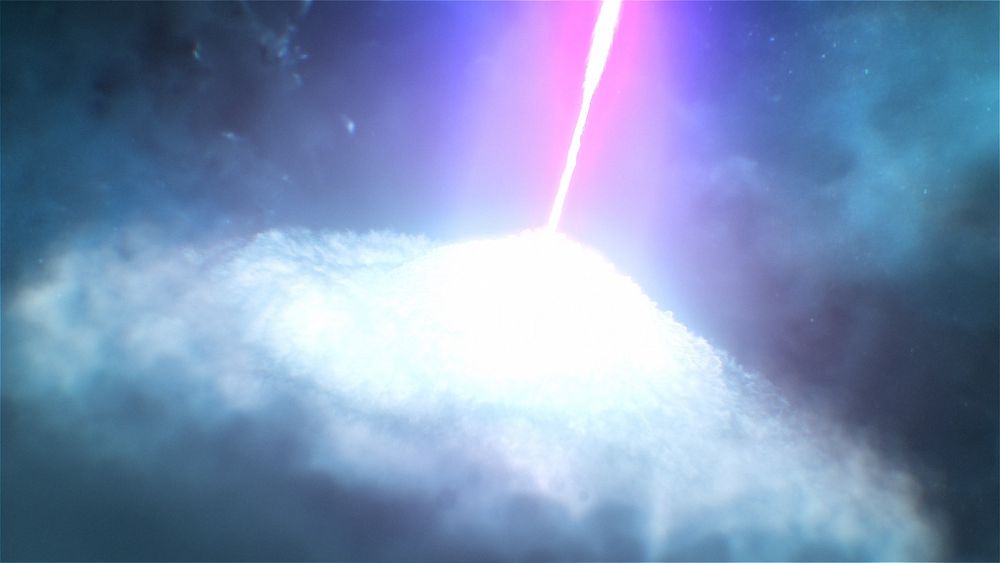
Discover how we're driving the Nation's scientific progress through world-class research across Earth and Space sciences at Goddard’s Sciences and Exploration Directorate.
Earth Sciences
The Earth Sciences Division is the nation's technical innovator and essential data provider to support national infrastructure, scientific leadership, and economic resilience.
Go to Division
Astrophysics
The Astrophysics Science Division leads America's quest to answer our most profound scientific questions, developing technologies with transformative applications in medicine, national security, and intelligence.
Go to Division
Heliophysics
The Heliophysics Science Division advances understanding of the Sun and its interactions with Earth and the solar system, providing the foundational science that drives space weather research and solutions in collaboration with government, industry, and academia.
Go to Division
Planetary Sciences
The Solar System Exploration Division powers space missions and leads human space exploration to the Moon and Mars through revolutionary research that charts the frontiers of our solar system and deepens our understanding of planetary system formation and evolution.
Go to Division
The Horsehead Nebula
Sculpted by stellar winds and radiation, this dusty interstellar molecular cloud has by chance has assumed an immediately recognizable shape. Fittingly known as The Horsehead Nebula, it lies some 1,500 light-years distant, embedded in the vast Orion cloud complex. About five light-years "tall," the dark cloud is cataloged as Barnard 33, first identified on a photographic plate taken in the late 19th century. B33 is visible primarily because its obscuring dust is silhouetted against the glow of emission nebula IC 434. Hubble space telescope images from the early 21st century find young stars forming within B33. Of course, the magnificent interstellar cloud will slowly shift its apparent shape over the next few million years. But for now the Horsehead Nebula is a rewarding though difficult object to view with small telescopes from planet Earth.



